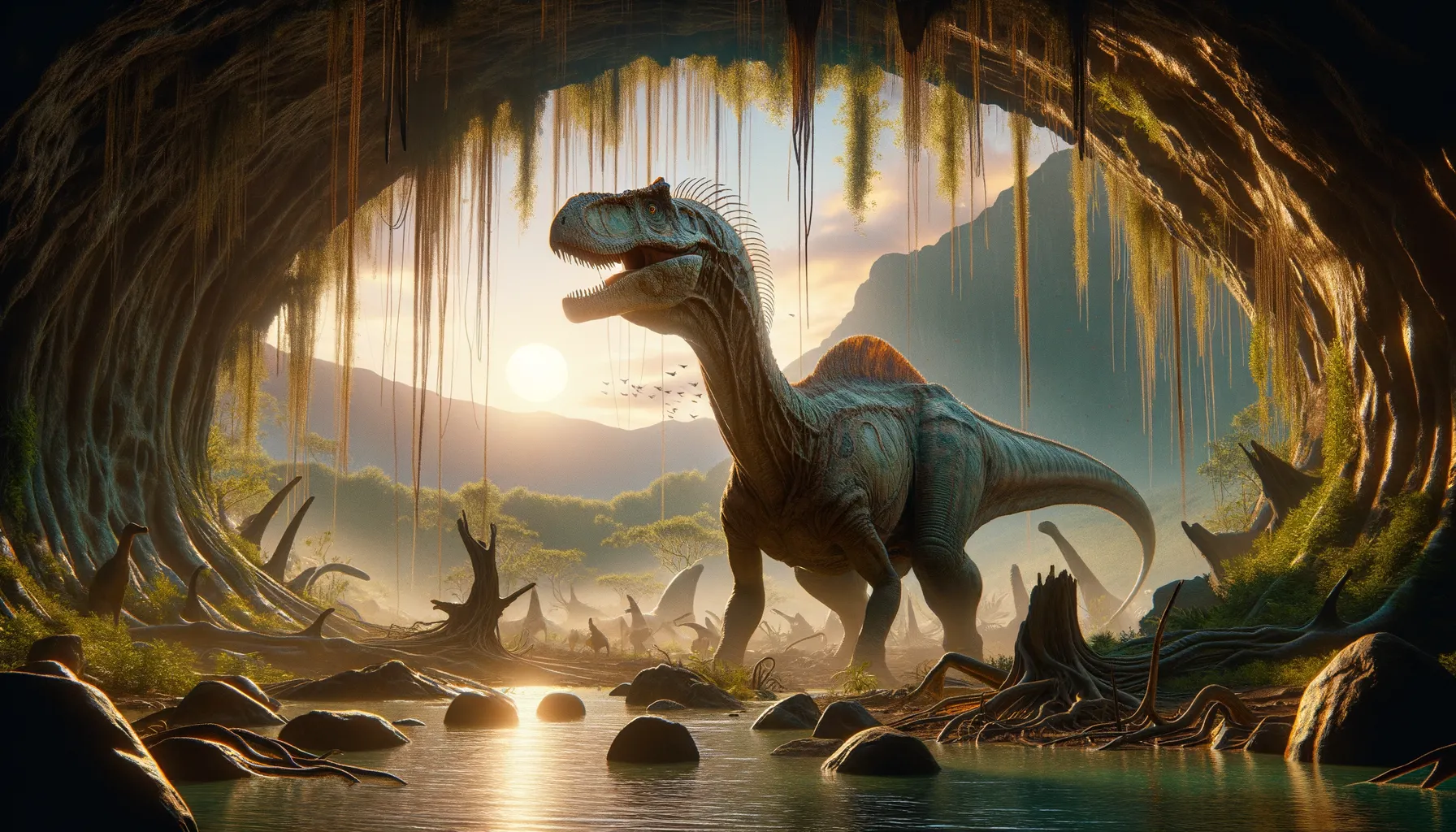
Pterospondylus
Ancient mystery of the Triassic saga.
Period
Triassic
Length
Length estimates are unclear.
Height
Height information is not well-documented.
Weight
Weight details remain uncertain.
Pterospondylus is a lesser-known archosaur whose exact classification and characteristics remain a topic of scientific discussion. Originally described based on fragmentary remains, it has been subject to much reevaluation. Although often included in discussions of early dinosaurs or their close relatives, concrete details about its life and environment during the Triassic period are scarce. Pterospondylus reminds us of the complex puzzle paleontologists piece together from limited evidence.
Diet
As a lesser-known animal, its diet remains speculative. It likely had a varied diet, possibly including small animals or vegetation, similar to other early archosaurs.
Hunting
Due to scarce fossil evidence, specific hunting behavior is unknown. However, it might have been opportunistic, like other early reptiles, preying on smaller creatures or scavenging.
Environmental challenges
Pterospondylus faced environmental challenges typical of the Triassic, including dramatic climate changes. Resource availability would have fluctuated, demanding adaptability. The rise of dominant species could have created competitive pressures, impacting survival strategies.
Speed
Little is known about its speed.
Lifespan
Its lifespan is largely unknown.
First discovery
Discovered in the late 19th century.
Fun Facts
- Pterospondylus is an extinct reptile that lived during the Late Triassic period, around 212 million years ago.
- Despite its name, Pterospondylus was not a flying dinosaur, nor a pterosaur, but rather a type of archosaur, which is more closely related to crocodiles and dinosaurs.
- The name 'Pterospondylus' means 'winged vertebrae,' but it does not refer to actual wings; instead, it describes the structure of its vertebrae.
- Pterospondylus fossils were initially discovered in the region of what is now Germany.
- The classification of Pterospondylus is still debated among paleontologists due to limited fossil evidence.
- Pterospondylus is known for its long and slender body, which suggests it was likely a fast runner.
- Although not much is known about Pterospondylus, new discoveries may yet reveal more about this mysterious creature.
Growth and Development
Details about its growth and development are lacking. It likely underwent typical archosaurian growth patterns, with incremental growth spurts. Juveniles may have required specific habitats or dietary practices for survival.
Habitat
Precise habitat information is uncertain, but it likely lived in environments with access to water sources and various microhabitats. Such areas would support diverse life forms, contributing to its survival. The climate during its time may have been variable, with shifts in wetness and aridity.
Interaction with other species
Interaction specifics remain undetermined, but it likely coexisted with various early reptiles and plant species. Predatory threats from larger archosaurs or evolving carnivores might have influenced behavior. Cooperative or rival interactions could have been part of its ecological dynamics.
Natural lifespan
Its natural lifespan is unspecified due to limited data.
Reproduction
Reproductive strategies are unknown, but likely involved egg-laying, common among archosaurs. Nesting behavior could have been influenced by environmental conditions and predator presence. Parental care degrees remain a point of conjecture.
Social behaviour
Little is known about its social structure; it might have been solitary or formed loose groups, influenced by resource distribution. Communication and social interaction would have been dictated by survival needs and environmental pressures.
Fossil locations
Fossils attributed to 'Pterospondylus' are sparse, with initial specimens found in regions corresponding to historical European digs. Re-evaluation and the fragmentary nature of the remains have led to debates about its precise classification and geographic distribution in the paleontological community.
